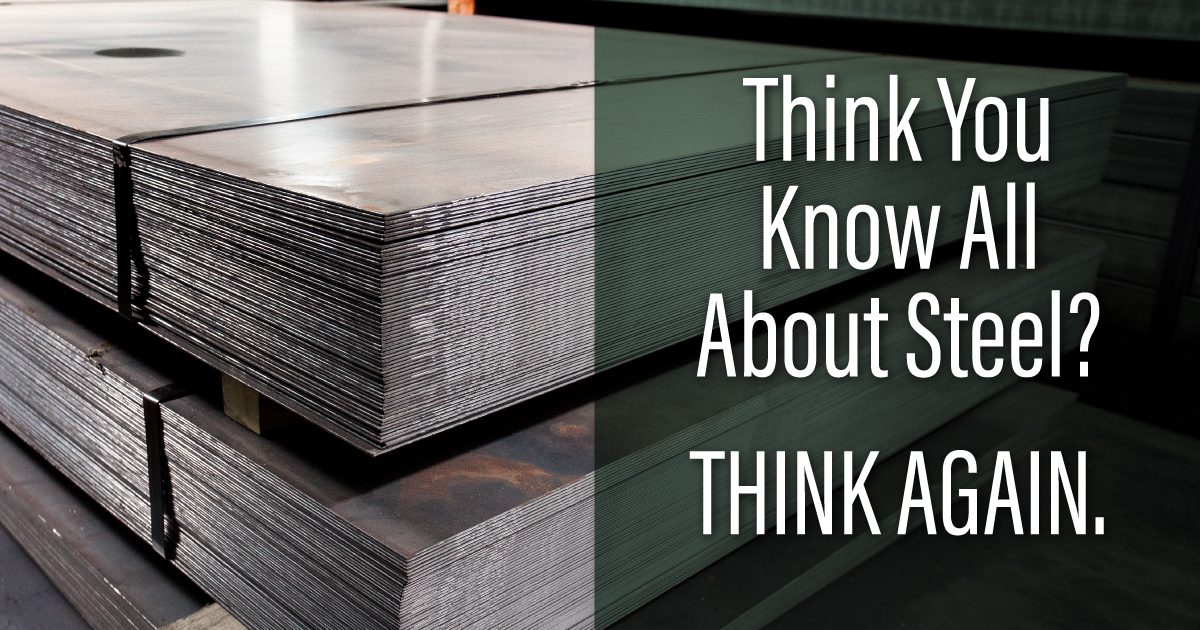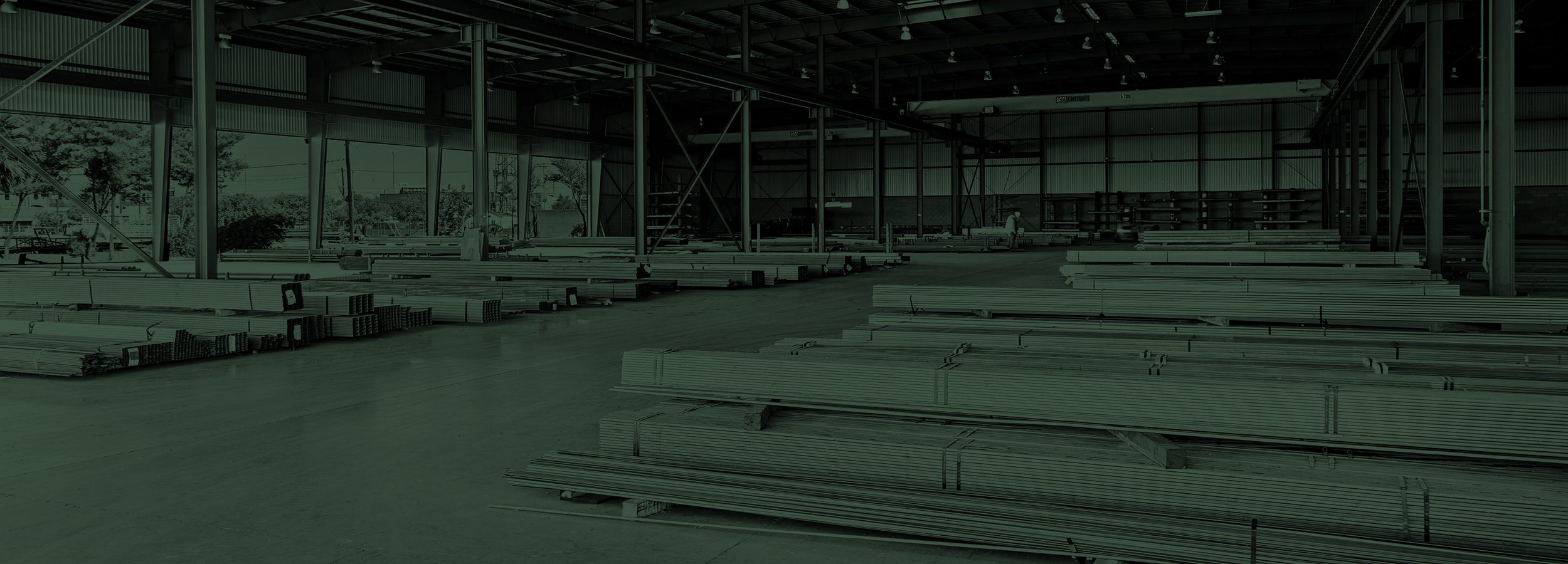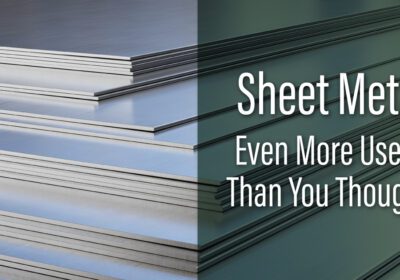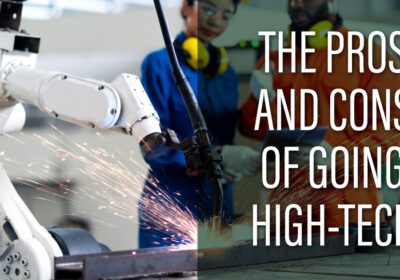Think You Know All About Steel? Think Again.

We talk often about steel as just one type of metal. At its most basic level steel is simply a mixture of carbon and iron. But that’s where the simplicity ends. The World Steel Association states that there are over 3,500 grades of steel. And each grade has its own physical, environmental, and chemical properties. Other materials can be combined, either purposefully or by accident, impacting the quality and durability of the steel. For example, steel can contain both beneficial manganese and detrimental sulfur and phosphorus.
Steel can be broken down into four main groups: carbon steel, alloy steel, tool steel, and stainless steel. Below we discuss some of the characteristics of each of these groups.
Carbon steel
Carbon steel makes up about 90% of all steel production. This steel type contains carbon content anywhere between 0.05% to 2.1% by weight. It also contains alloyed metals. There are three types of carbon steel:
- Low carbon – the least expensive and easiest to form and stretch, we often see pipes, wires, and bolts constructed of low carbon steel
- Medium carbon – has slightly lower ductility than low carbon, and higher strength, making this metal ideal for railroad tracks and gears
- High carbon – the toughest of the three, this strong metal is often used to form strong cutting tools
Alloy steel
One way you can remember this type of steel is, “alloy likes allies.” Alloy steel is fused with other elements for a specific purpose. For example, when silicon is added to the mix the outcome is a helpful magnetic metal. Cobalt or tungsten are added when extra-strong metal is needed for tools. Copper comes into play when a product that resists corrosion and conducts heat is needed, such as for wiring and industrial heat exchangers.
Tool steel
The baddest and toughest of all the steel categories, tool steel is made for business. It goes through an extreme tempering process (it’s brought to very high heat, then cooled, then heated again) which renders a metal product that is exceptionally heat-resistant and hard. A few types of tool steel include:
- Hot-working (great for use in casting and forging)
- Water-hardening (used to make common tools)
- Air-hardening (can be exposed to high temperatures without distorting)
- Oil-hardening (wear-resistant, and used to make knives and shears)
Stainless steel
This steel goes beyond refrigerators and sinks; stainless still is prized for the durability it brings to medical equipment, building/construction uses, and the storage of hazardous materials. The key factor making stainless steel unique, and gives it its trademark glossy shine, is that it contains chromium. Chromium does more than make this metal pretty, it increases its longevity and reduces the likelihood of corrosion.




